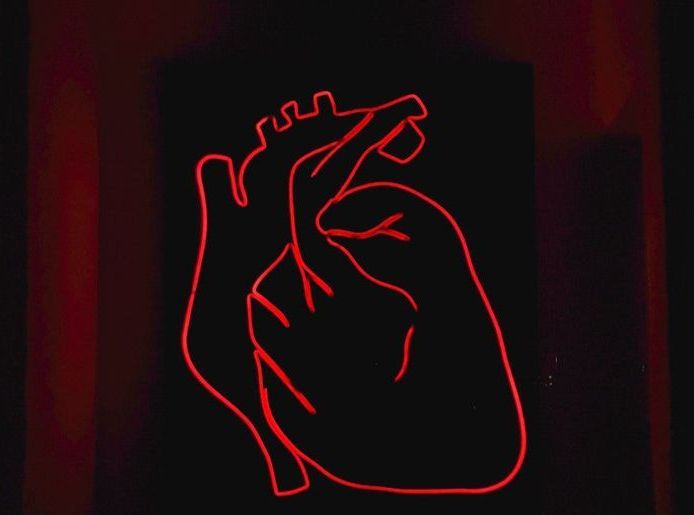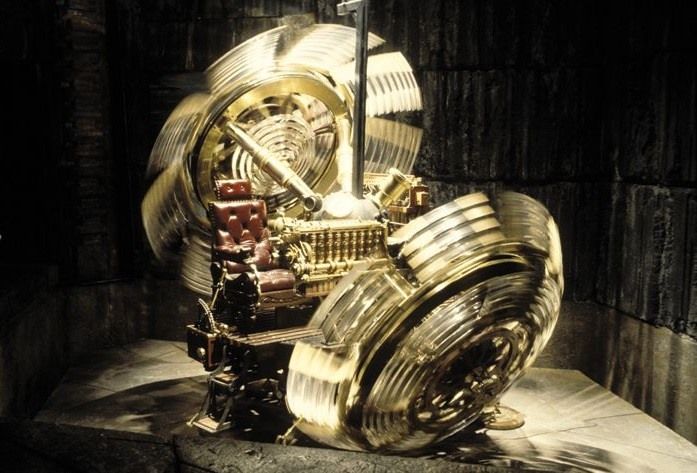Yuval’s works on the future of the digital world cause the globe to take notice and discuss. At OMR (Online Marketing Rockstars), Yuval Noah Harari primarily talked about the developments and consequences of artificial intelligence. After his keynote, German journalist and entrepreneur Kai Diekmann conducted an interview on-stage.
Get the latest international news and world events from around the world.

Zapping Nerves with Ultrasound Could Treat Inflammation
Stimulating nerves in the spleens of mice with ultrasound reduced their inflammatory responses and arthritis symptoms.

Rare male calico kitten is fur real at Winnipeg’s D’arcy’s ARC
A Winnipeg pet shelter got a rare surprise when a feral cat gave birth to her kittens in the rescue.
Winnipeg, meet Unicorn Andy, an eight-week-old kitten who is also a male calico – something that happens for maybe one calico cat in 10,000, said D’Arcy Johnson, CEO of D’arcy’s ARC.
“In all these years of working at the shelter and all my years of working in the clinic … I haven’t seen one, and even some of our long-term veterinarians have never seen them,” he said.

Study finds these seven metrics predict future heart disease risk
Though it’s impossible to know whether any given person will end up developing cardiovascular disease later in life, there are known factors and lifestyle decisions that increase the risk. Knowing whether you’re at a higher risk of developing a heart health issue makes it possible to take preventative steps, and here to help with that is a new study detailing seven ‘key’ prediction metrics.


Chinese Tesla Model 3 Price Crushes BMW 3 Series & Mercedes C-Class Prices
Tesla has just launched pricing and ordering for the Tesla Model 3 that will be made in the Shanghai Gigafactory. The 328,000 RMB ($47,475) price for the Standard Range Plus is before local incentives, and crushes fossil rivals in the same class and without somewhat similar specs, the BMW 3 Series and Mercedes C-Class (also both locally made in China).
Tesla Model 3 order page in China (text is auto-translated and may include errors) — Click to Zoom.

I wanted to have a long running post where i will be tracking serious papers about time travel
Also, loosely following technology that could be used to build a real working time machine. Anyone with an interest in time travel is welcome to participate.
But, I have been watching tech news for what could be used to build a time machine. I think we are pretty close. You’d still need a few physics guys with 150+ IQ’s to work on the equations, a guy with a 200+ IQ to figure out how to put the whole thing together, and a guy with billions of dollars to fund it. But most of this stuff is for sale to the public, (short list):
1. quantum computer; to run the calculations.
Earth From Space: 10 stunning views of Earth from space
A satellite view of how beautiful this planet is.
Planet Earth is just incredible. 🌍
